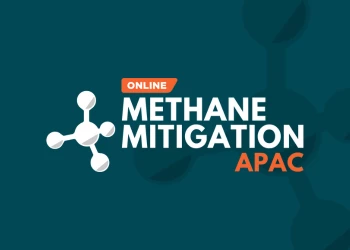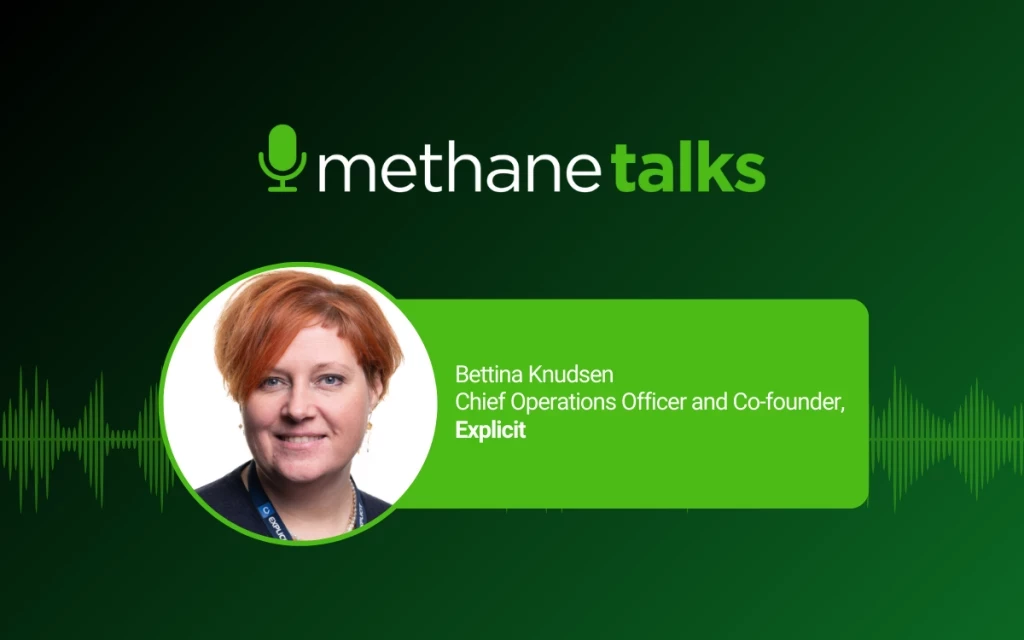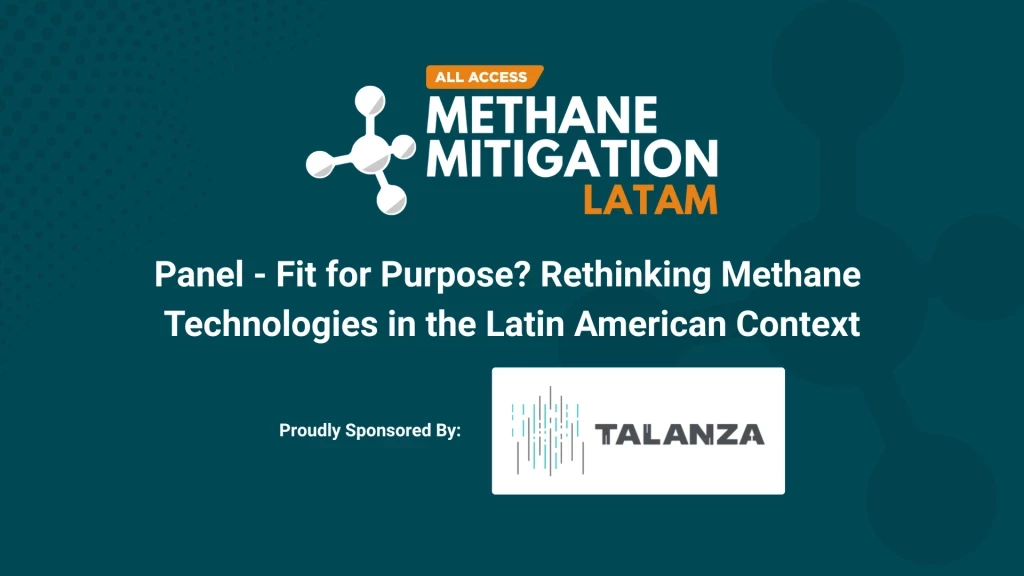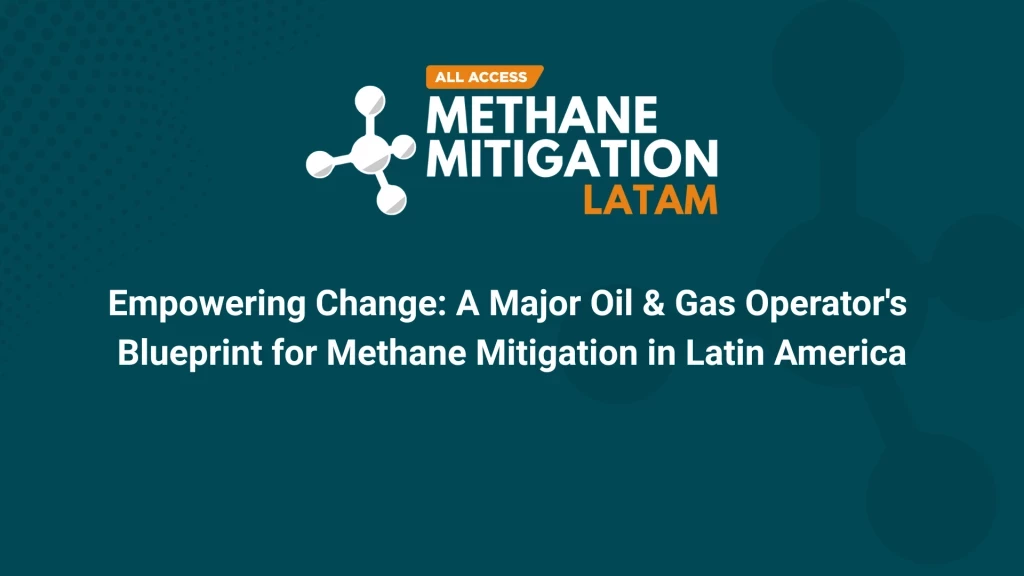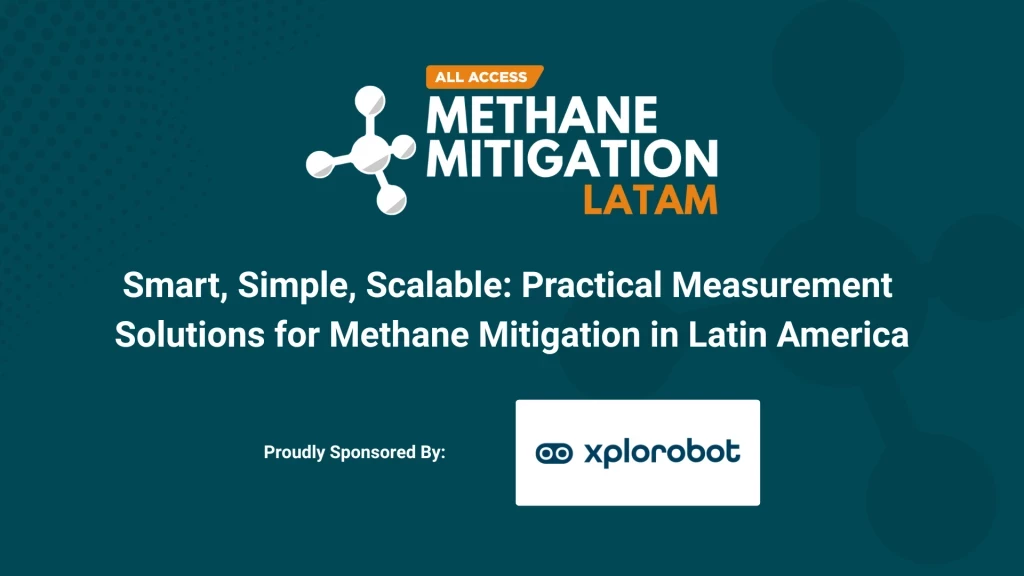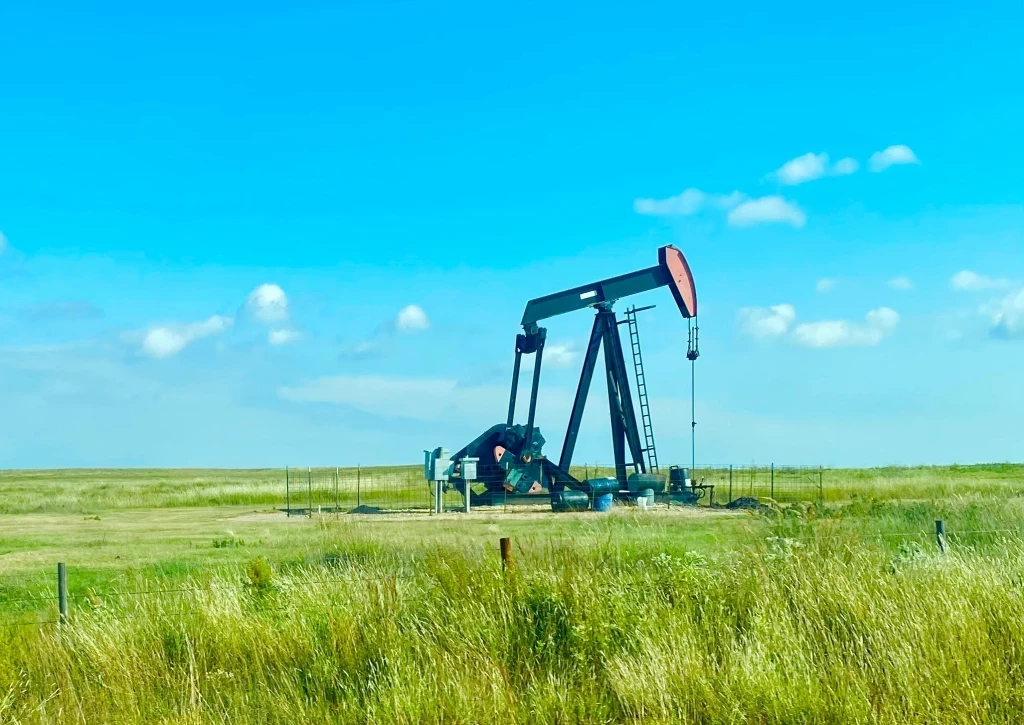OGMP 2.0 and the Global Imperative to Mitigate Methane Emissions
Add bookmark
Interest in methane mitigation has exploded in the past couple of years. Regulators and climate scientists are increasingly recognizing the importance of this potent greenhouse gas in human-caused climate change. It has become a global imperative to dramatically reduce methane emissions to limit global temperature rises.
Major anthropomorphic contributors to methane emissions are agriculture, waste, and the oil and gas industry.
In 2014, the United Nations Environment Programme launched the Oil and Gas Methane Partnership to tackle the challenge of methane emissions in that industry. Since then, additional organizations and reporting initiatives have sprung up to add to the growing body of knowledge about the effects of methane emissions and methods to reduce them.
One of the key initiatives is OGMP 2.0, the “most comprehensive and advanced measurement-based reporting initiative in the world”. It counts many oil and gas companies, such as BP, Shell, and Equinor, among its members.
In this interview, Giulia Ferrini, OGMP 2.0 Program Manager, discusses the changing landscape for methane mitigation, how member companies can get more out of their relationship with OGMP 2.0, and updates to the framework of which member companies should be aware.
Diana Davis, IX Network: Since the OGMP methodology was designed in 2014, I understand that the methane mitigation landscape has changed considerably. Can you take us through how the thinking and approach to methane mitigation has evolved since that time?
Giulia Ferrini, OGMP 2.0: When the United Nations Environment Programme (UNEP), under the umbrella of the Climate and Clean Air Coalition (CCAC), launched the Oil and Gas Methane Partnership in 2014 at the UN Secretary General Climate Summit, many companies had limited knowledge about managing methane emissions from oil and gas operations. Even though the membership of the original OGMP was limited to a handful of upstream companies, it had the merit of placing methane on top of companies’ environmental agenda.
The methane landscape has changed since then.
The creation of OGMP has increased awareness on the crucial need to reduce methane emissions. It contributed to the launch of industry platforms such as the Oil and Gas Climate Initiative (OGCI) and the Methane Guiding Principles (MGP).
In 2018, the Methane Science Studies (MSS) came into being, with funding from the OGCI, the European Commission and the Environmental Defense Fund.
In 2020, the Global Methane Alliance was jointly launched by UNEP and the CCAC as a platform to support and encourage countries to include pledges on methane mitigation from oil and gas in their Nationally Determined Contributions (NDC) under the United Nations Framework Convention on Climate Change (UNFCCC).
Furthermore, we have heard a clear call for action from the scientific community. The IPCC Assessment Report, published in April 2022, concluded that to keep the average temperature increase at 1.5°C, the world urgently needs to reduce methane emissions by about a third by 2030.
Reducing methane emissions fundamentally matters. The 2022 IPCC assessment shows that human-driven methane emissions are responsible for nearly 45% of the current warming.
The oil and gas industry emits a quarter of anthropogenic methane.
We now know that slashing methane is not only feasible and affordable, but also the single fastest way to slow global warming, with the most immediate effects in the short-term.
Only a few years ago policy makers and ordinary citizens didn’t fully understand the nature of the climate crisis. Today, the climate crisis is at the top of the political agenda and at the heart of citizens’ concerns. This is because every corner of the world has witnessed the impacts of climate change in dramatic ways, such as the unprecedented floods that ravaged Pakistan last year or the droughts and forest fires that spread across Europe last summer.
There has been growing political momentum to foster action on methane, with the launch of the Global Methane Pledge at COP27, an EU and US-led effort that gathers 150 countries committed to reducing methane emissions from all sectors by 30% by 2030.
International Methane Emissions Observatory (IMEO), a UNEP initiative and a core implementing partner of the Pledge, catalyzes this collective action by providing reliable data – including OGMP 2.0 companies data – to track progress against the Pledge.
It is in this more complex landscape that OGMP 2.0 operates. It was launched in 2020 after an extensive strategic review of its initial version, OGMP.
We concluded that the level of initial ambition was no longer high enough to meet the challenge of climate change.
OGMP 2.0 is, now, the most comprehensive and advanced measurement-based reporting initiative in the world, with almost 100 member companies.
OGMP 2.0 companies commit to setting individual reduction targets and to reporting on methane emissions from operated and non-operated assets along all segments of the value chain, with the highest reporting levels requiring the reconciliation of source-level and site-level measurements.
Diana Davis, IX Network: How do companies benefit from getting involved with OGMP 2.0?











